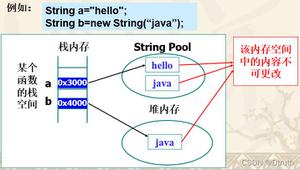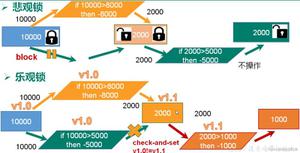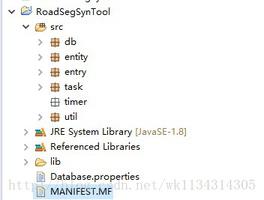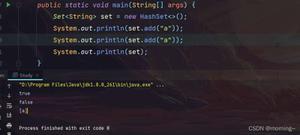Java中entity(实体类)的写法规范

在日常的Java项目开发中,entity(实体类)是必不可少的,它们一般都有很多的属性,并有相应的setter和getter方法。entity(实体类)的作用一般是和数据表做映射。所以快速写出规范的entity(实体类)是java开发中一项必不可少的技能。
在项目中写实体类一般遵循下面的规范:
1、根据你的设计,定义一组你需要的私有属性。
2、根据这些属性,创建它们的setter和getter方法。(eclipse等集成开发软件可以自动生成。具体怎么生成?请自行百度。)
3、提供带参数的构造器和无参数的构造器。
4、重写父类中的eauals()方法和hashcode()方法。(如果需要涉及到两个对象之间的比较,这两个功能很重要。)
5、实现序列化并赋予其一个版本号。
下面是我写的一个实体类(entity)例子:具体的细节都用注释标注了。
1 class Student implements Serializable{ 2 /**
3 * 版本号
4 */
5 private static final long serialVersionUID = 1L;
6 //定义的私有属性
7 private int id;
8 private String name;
9 private int age;
10 private double score;
11 //无参数的构造器
12 public Student(){
13
14 }
15 //有参数的构造器
16 public Student(int id,String name,int age, double score){
17 this.id = id;
18 this.name = name;
19 this.age = age;
20 this.score = score;
21 }
22 //创建的setter和getter方法
23 public int getId() {
24 return id;
25 }
26 public void setId(int id) {
27 this.id = id;
28 }
29 public String getName() {
30 return name;
31 }
32 public void setName(String name) {
33 this.name = name;
34 }
35 public int getAge() {
36 return age;
37 }
38 public void setAge(int age) {
39 this.age = age;
40 }
41 public double getScore() {
42 return score;
43 }
44 public void setScore(double score) {
45 this.score = score;
46 }
47 //由于id对于学生这个类是唯一可以标识的,所以重写了父类中的id的hashCode()和equals()方法。
48 @Override
49 public int hashCode() {
50 final int prime = 31;
51 int result = 1;
52 result = prime * result + id;
53 return result;
54 }
55 @Override
56 public boolean equals(Object obj) {
57 if (this == obj)
58 return true;
59 if (obj == null)
60 return false;
61 if (getClass() != obj.getClass())
62 return false;
63 Student other = (Student) obj;
64 if (id != other.id)
65 return false;
66 return true;
67 }
68
69 }
一个学生的Java实体类就基本完成了。
以上是 Java中entity(实体类)的写法规范 的全部内容, 来源链接: utcz.com/z/391263.html








